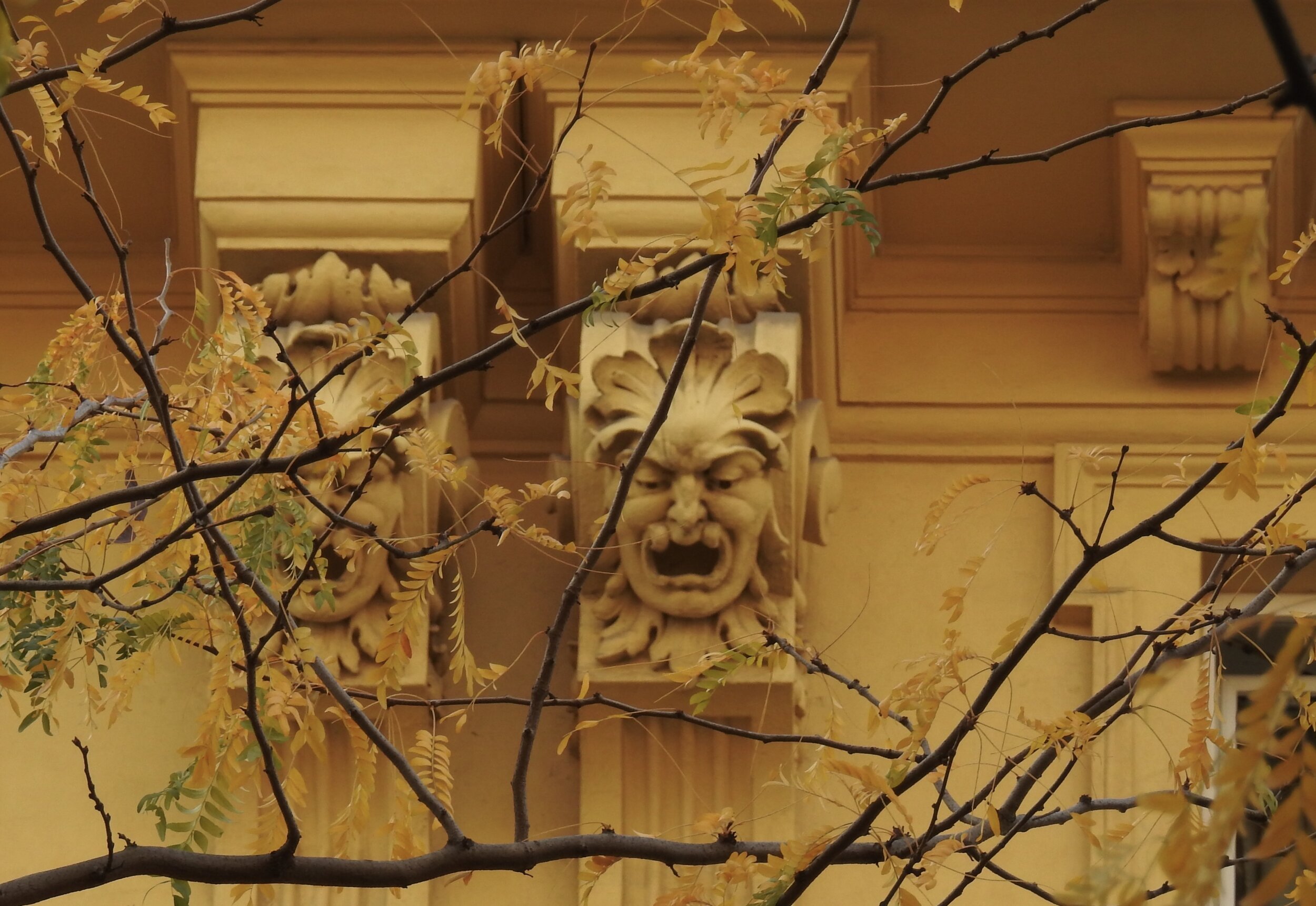
Building exterior along Mariahilfer Straße, Vienna, Austria. Photo by Renée DeVoe Mertz.
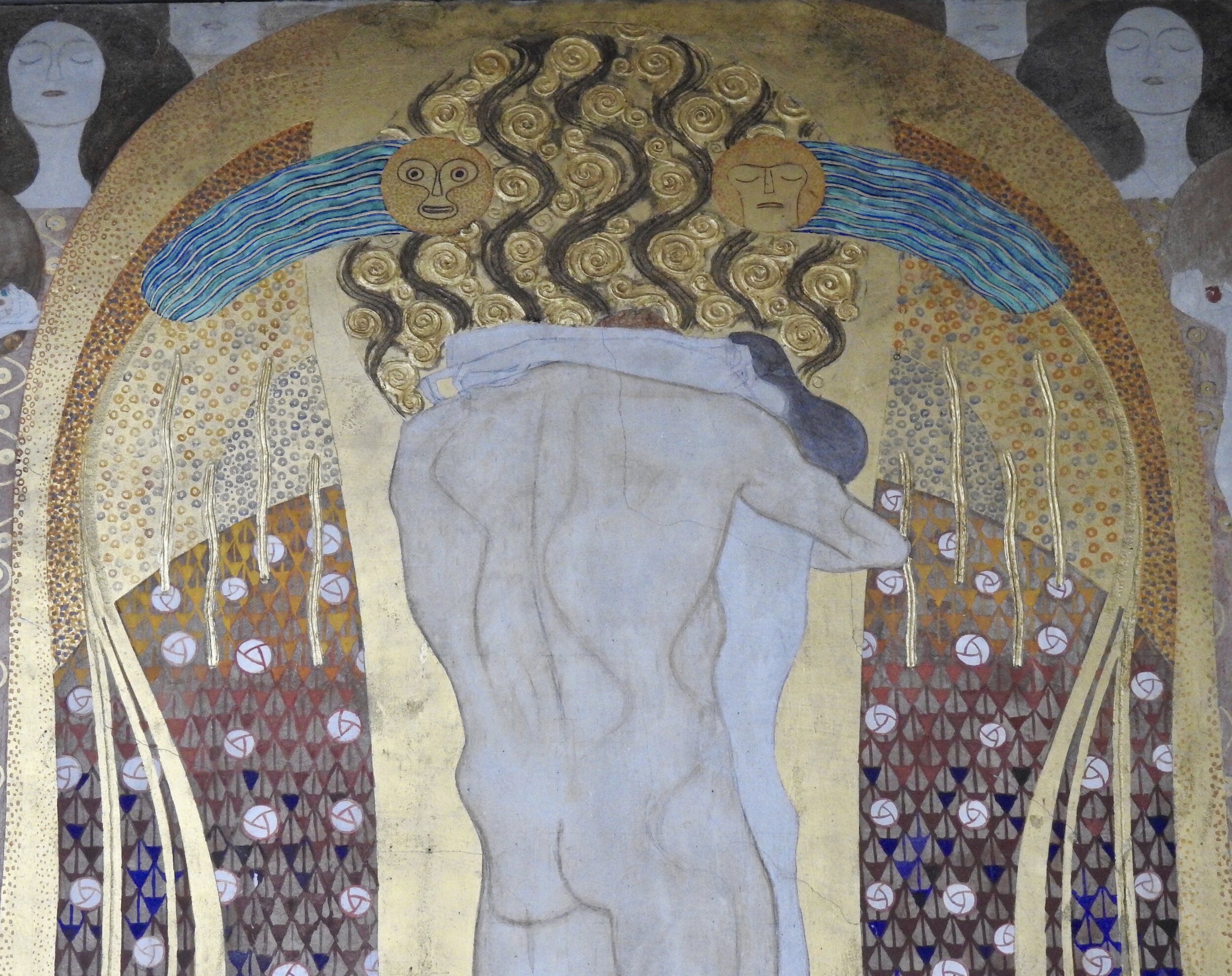
Detail of the “Embracing Couple,” part of Gustav Klimt’s Beethoven Frieze in the Secession building, Vienna. Photo by Renée DeVoe Mertz.

Hyper-realistic wooden bird on panel. Kunsthistorisches Museum, Vienna. Photo by Renée DeVoe Mertz.

Nude Study, Egon Schiele, 1908. Leopold Museum, Vienna. Photo by Renée DeVoe Mertz.
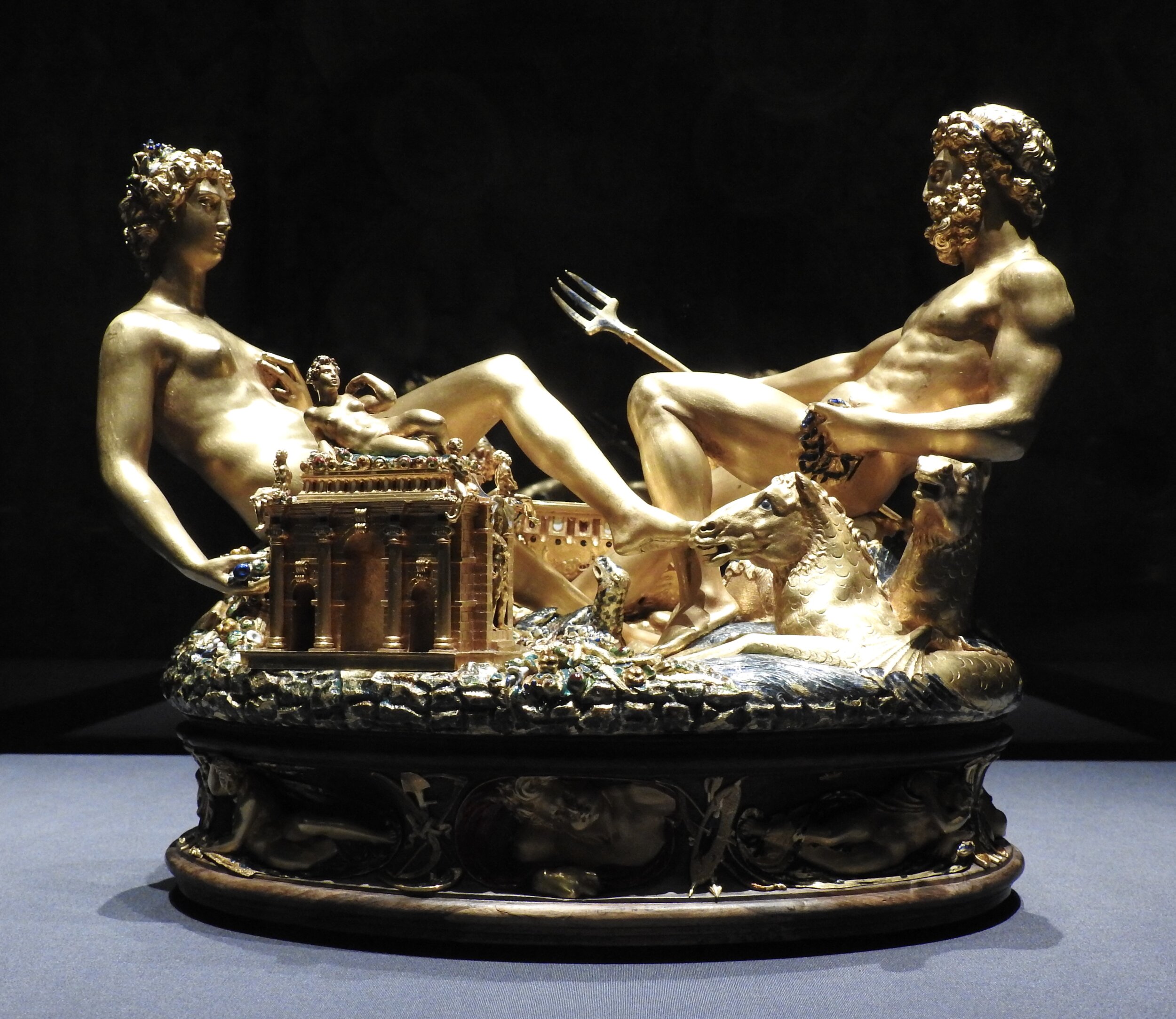
Salt Cellar (Saliera), Benvenuto Cellini, 1543. Kunsthistorisches Museum, Vienna. Photo by Renée DeVoe Mertz.
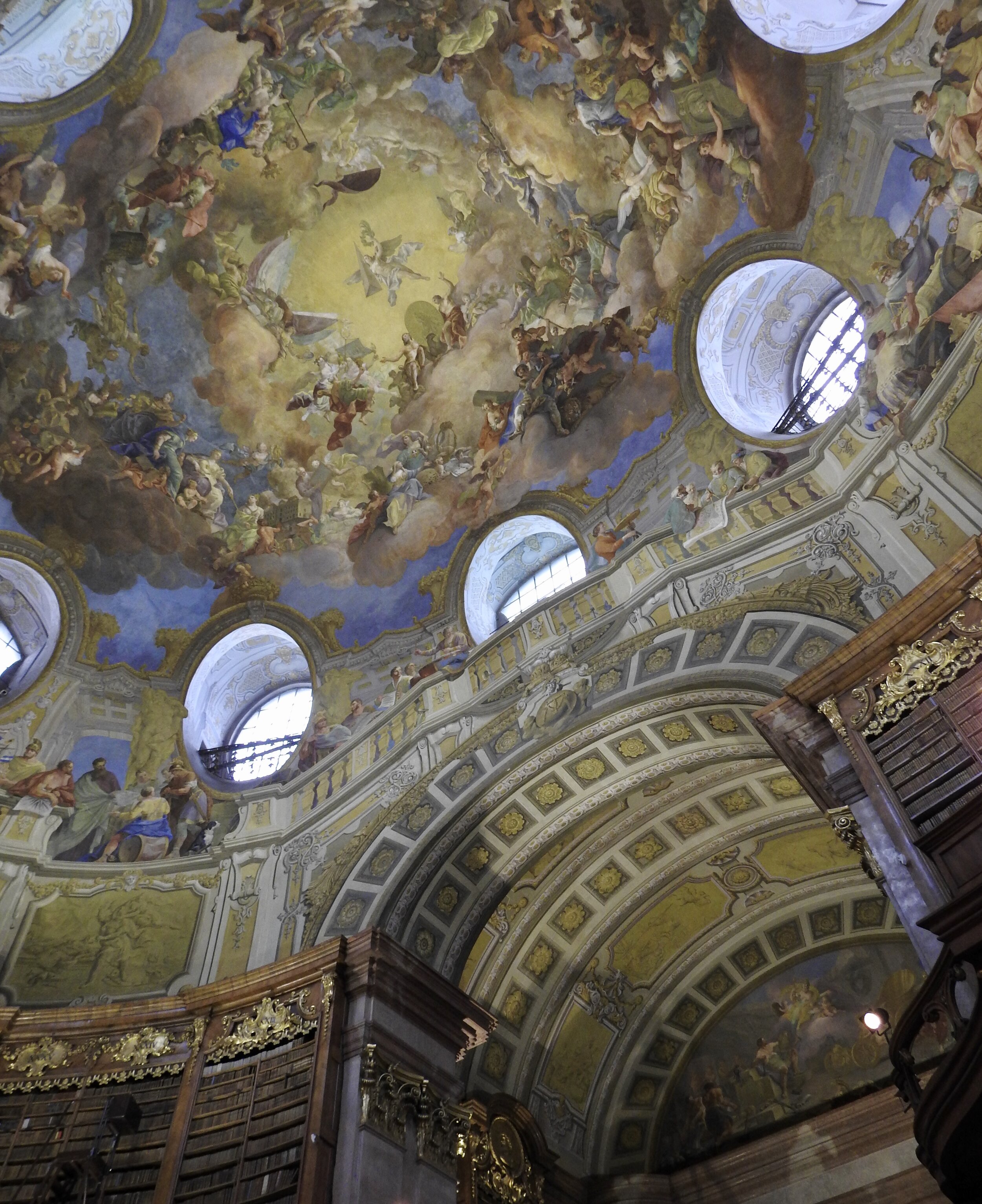
Prunksaal, Austrian National Library, Vienna. Photo by Renée DeVoe Mertz.

Mother with Two Children, Egon Schiele, 1915. Leopold Museum, Vienna. Photo by Renée DeVoe Mertz.
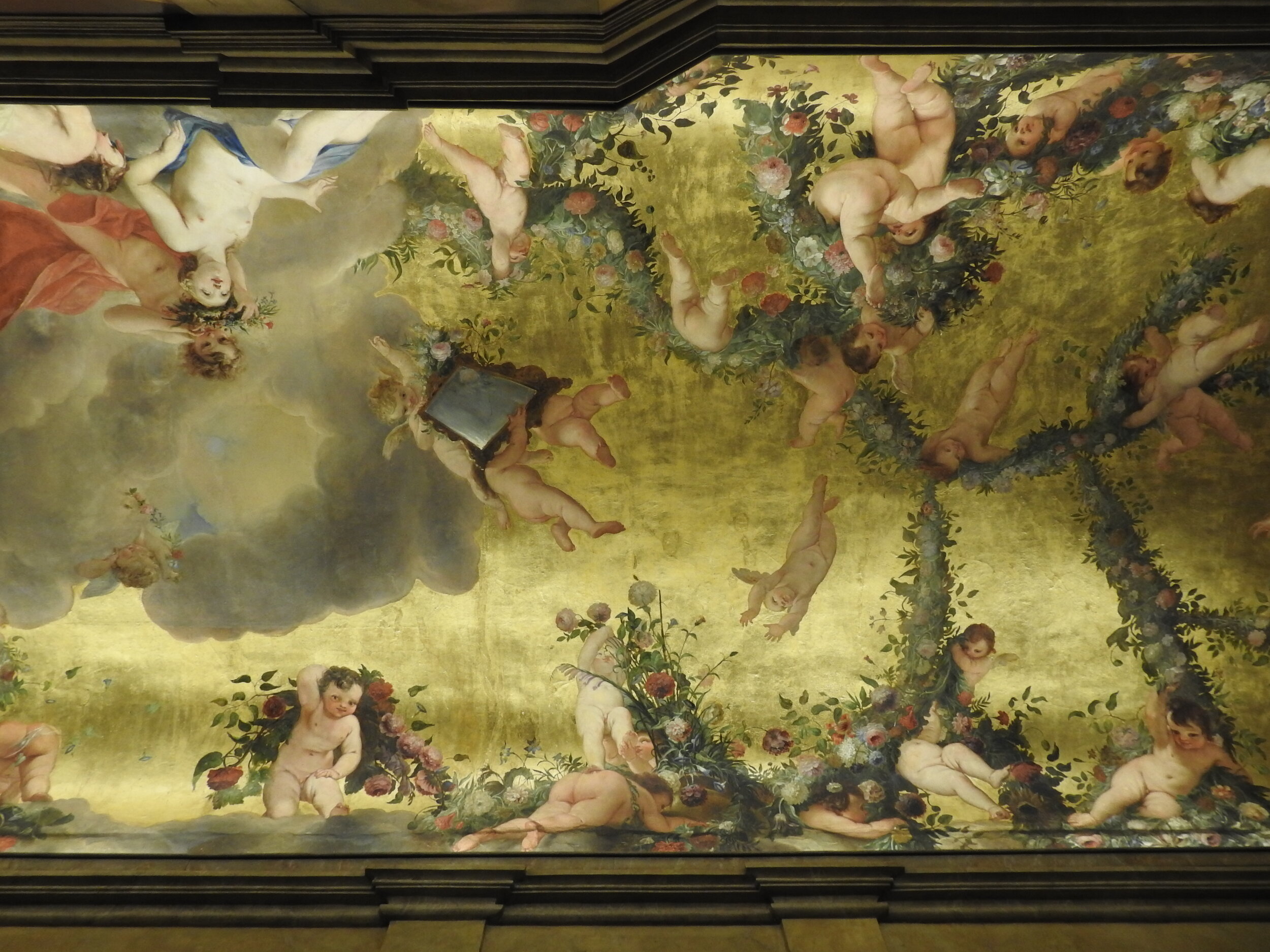
Hallway ceiling in the Globe Museum, Vienna. Photo by Renée DeVoe Mertz.
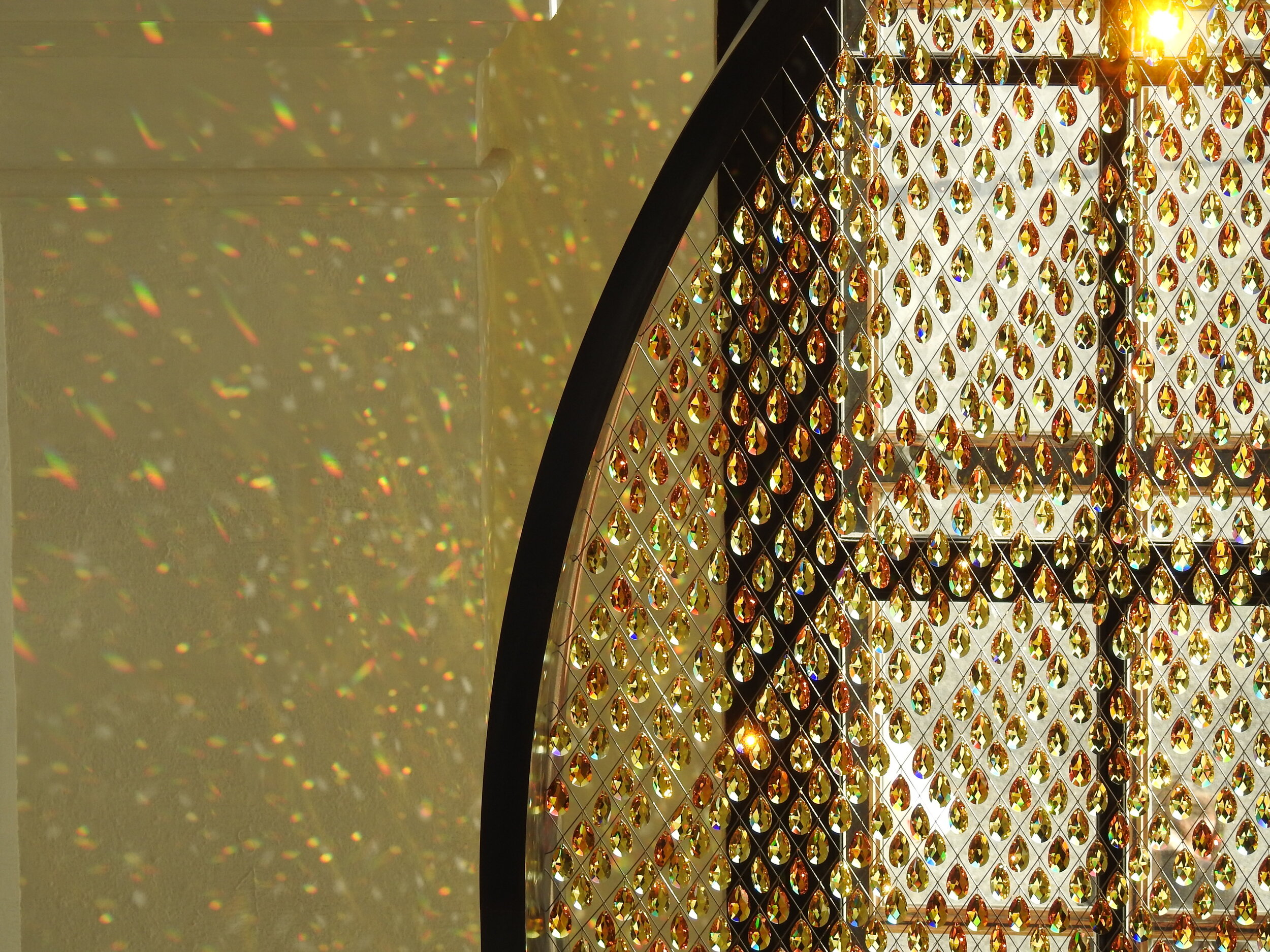
Prologue, a work consisting of 8,000 Swarovski crystals hung from a framed screen, by the London design firm Fredrikson Stallard. Installed in the Upper Belvedere, Vienna. Photo by Renée DeVoe Mertz.
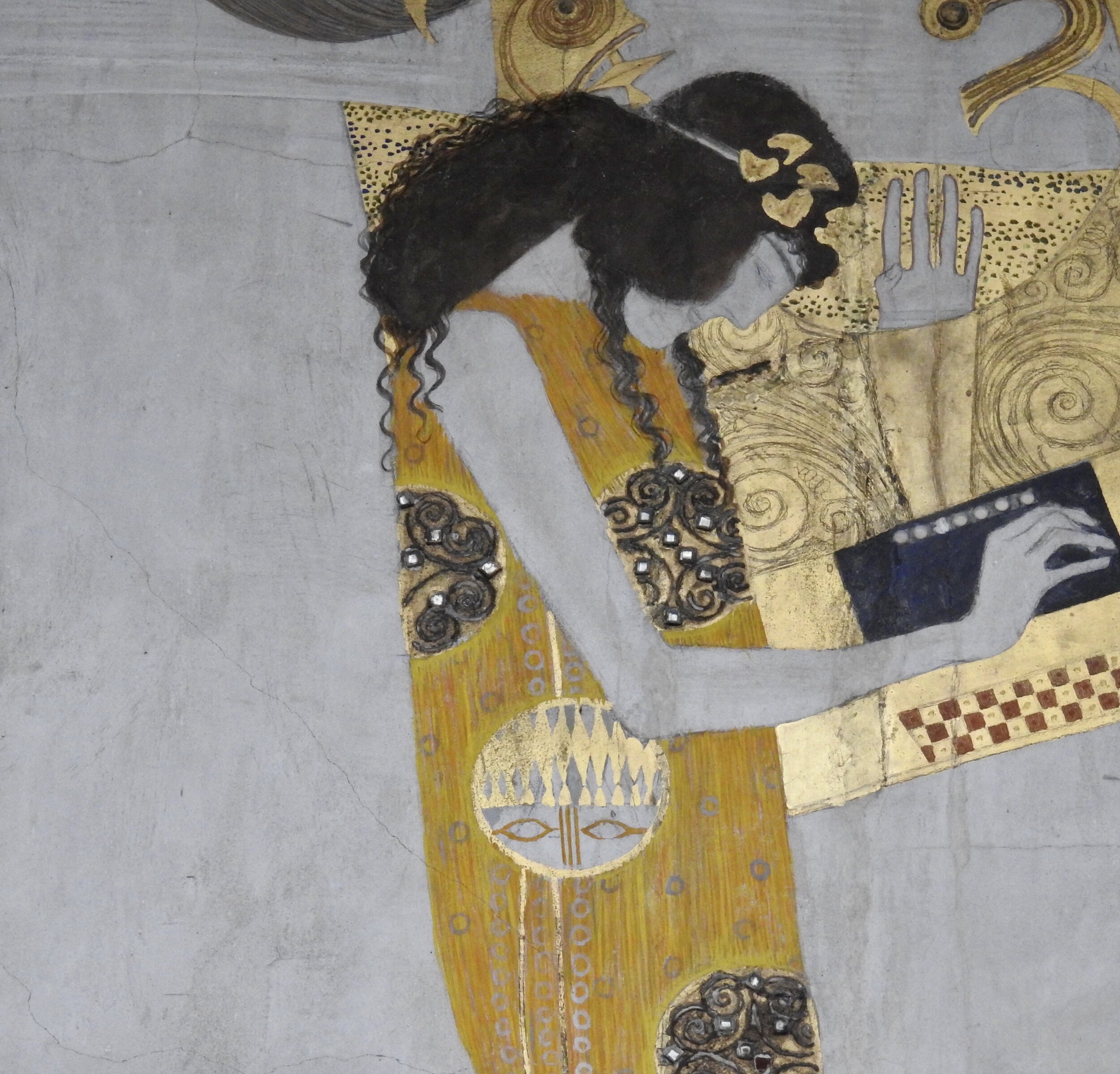
Detail of “Poetry,” part of Gustav Klimt’s Beethoven Frieze in the Secession, Vienna. Photo by Renée DeVoe Mertz.
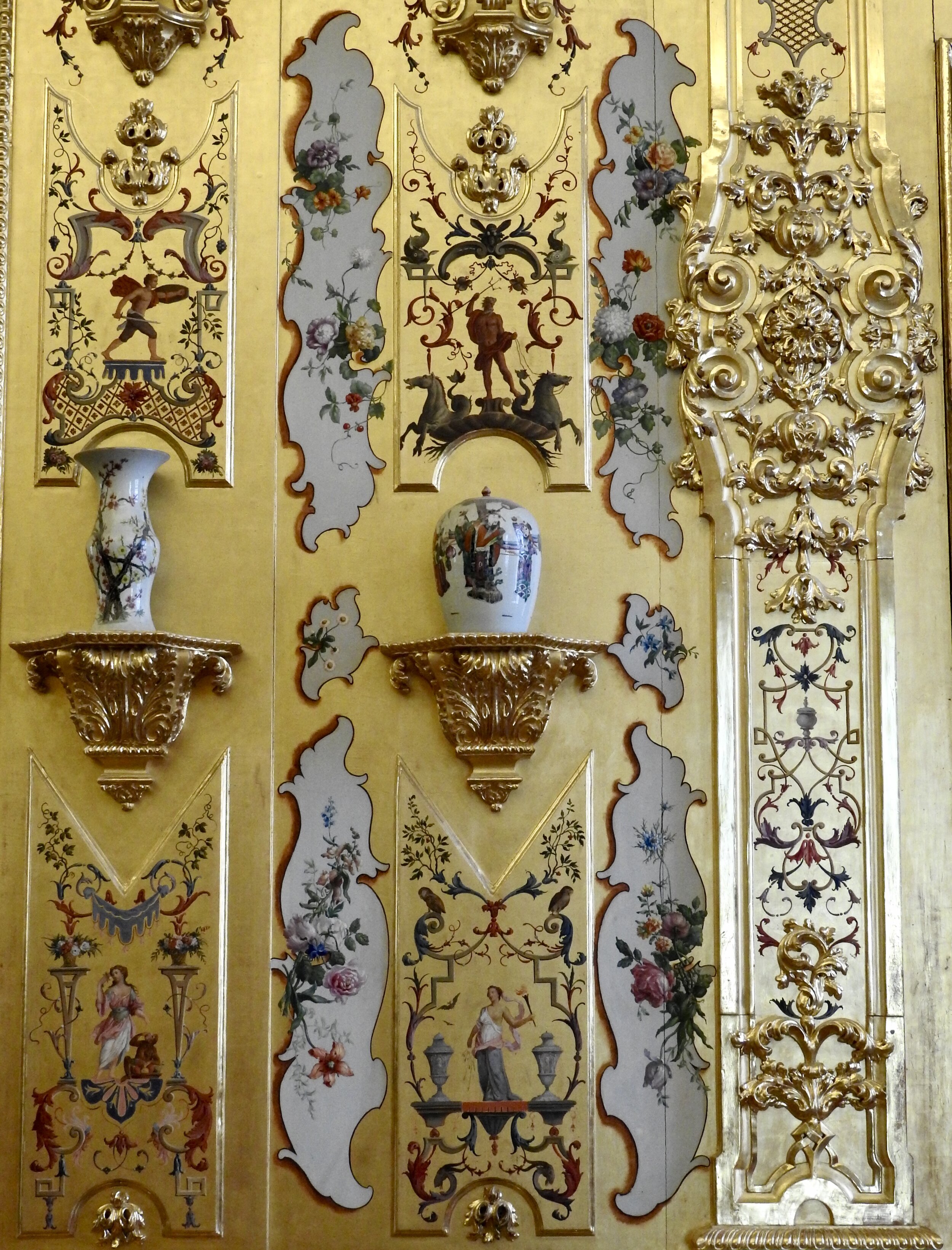
Wall in the “Gold Cabinet” of the Lower Belvedere, Vienna. Photo by Renée DeVoe Mertz.

Golden Rose, Giuseppe Pietro Paolo Spagna, Rome, 1818/19. Imperial Treasury, Hofburg Palace, Vienna. Photo by Renée DeVoe Mertz.
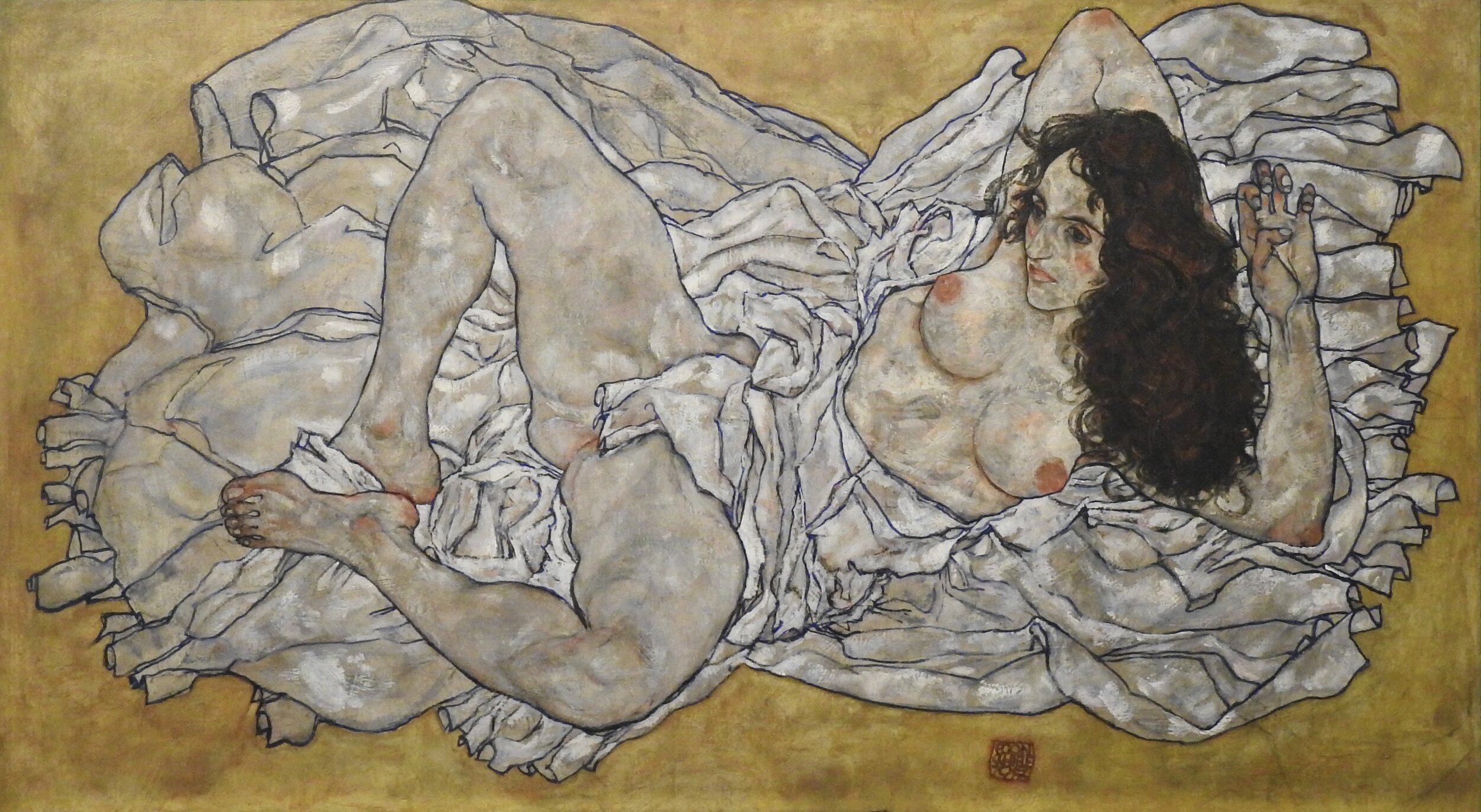
Reclining Woman, Egon Schiele, 1917. Leopold Museum, Vienna. Photo by Renée DeVoe Mertz.

Italian mineral specimen in the Naturhistorisches Museum, Vienna. Photo by Renée DeVoe Mertz.
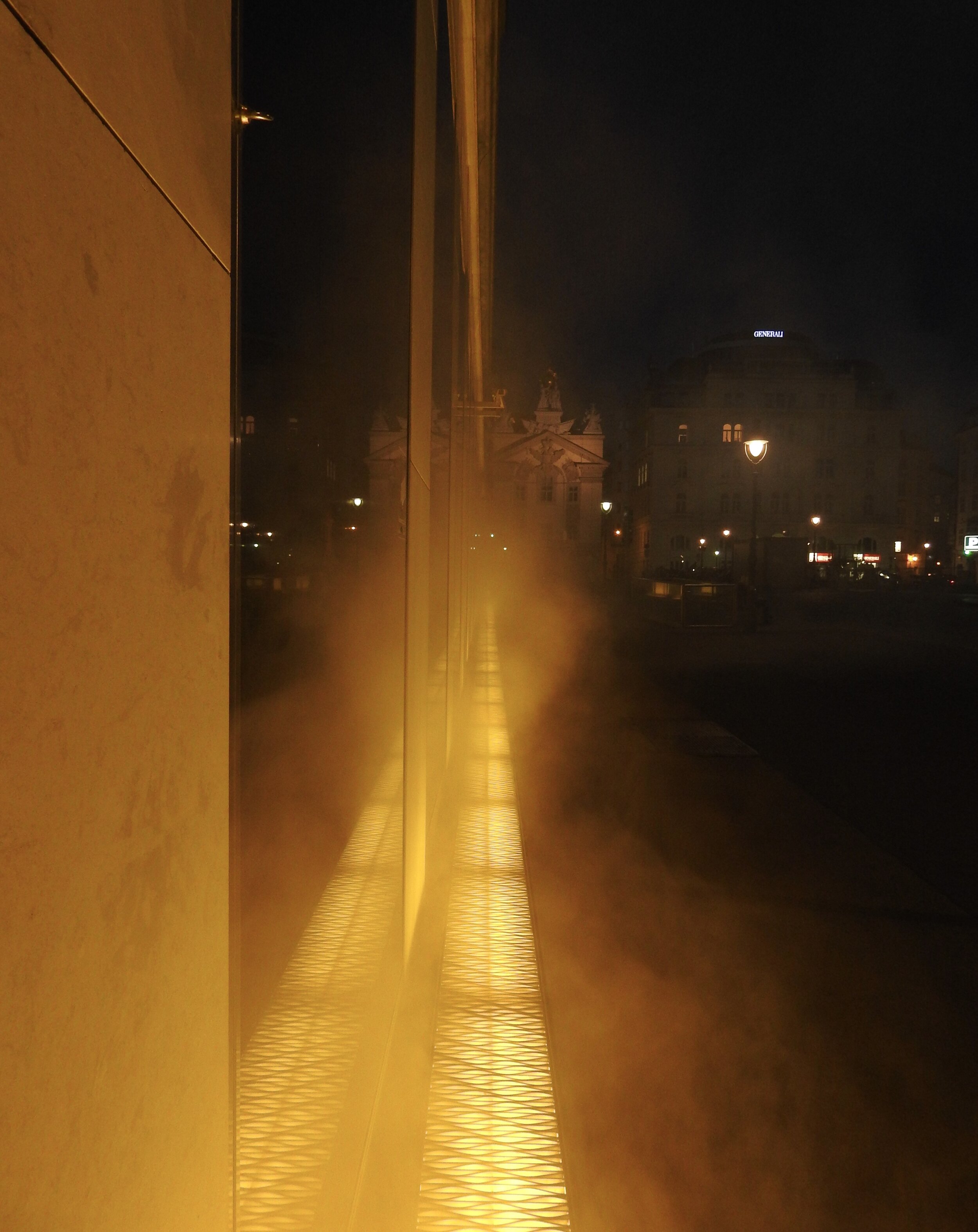
Yellow Fog by Olafur Eliasson along the facade of the Verbund-Gebäudes, Am Hof Square, Vienna. Photo by Renée DeVoe Mertz, 2016.
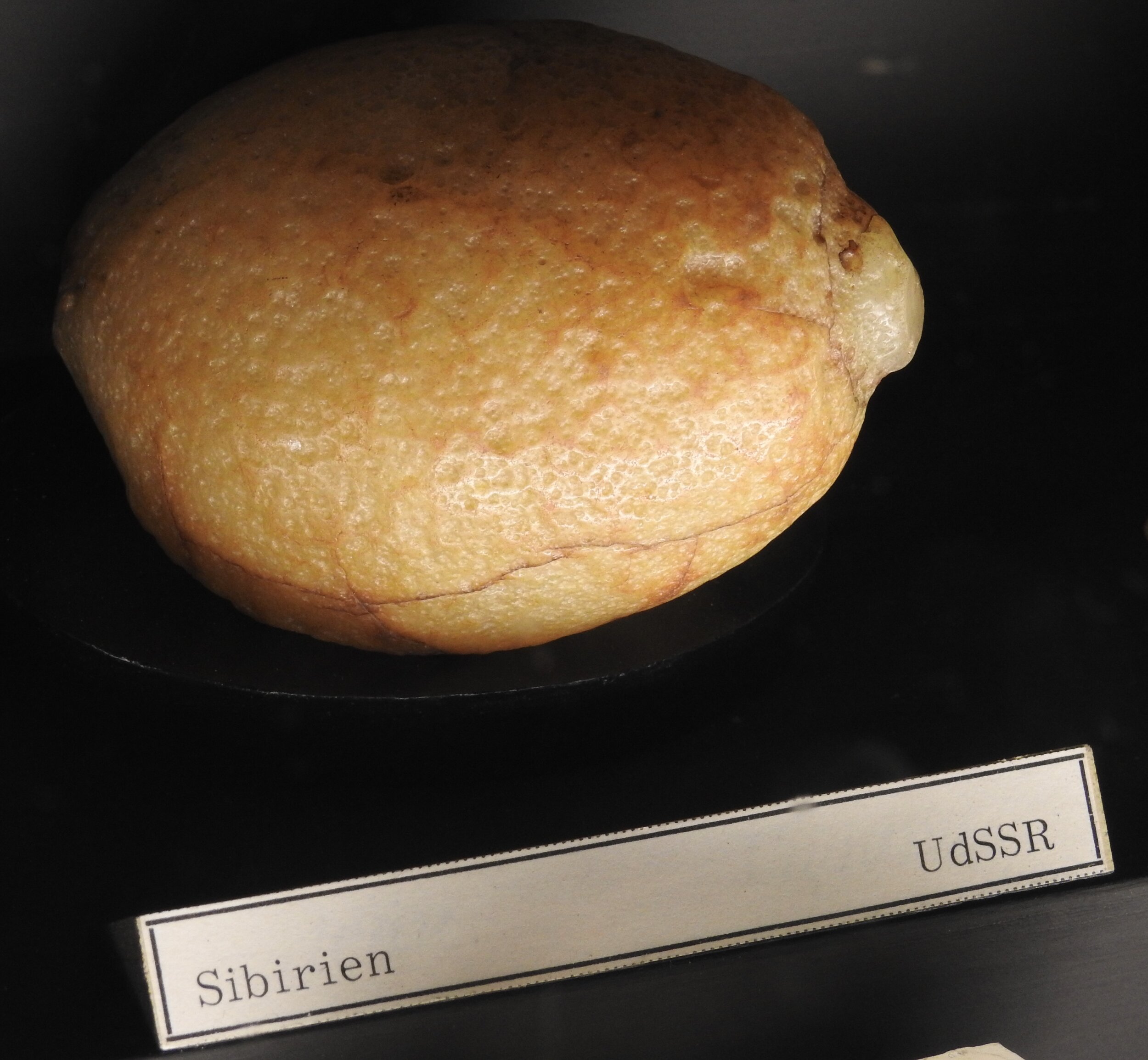
Siberian petrified lemon in the Naturhistorisches Museum, Vienna. Photo by Renée DeVoe Mertz.
